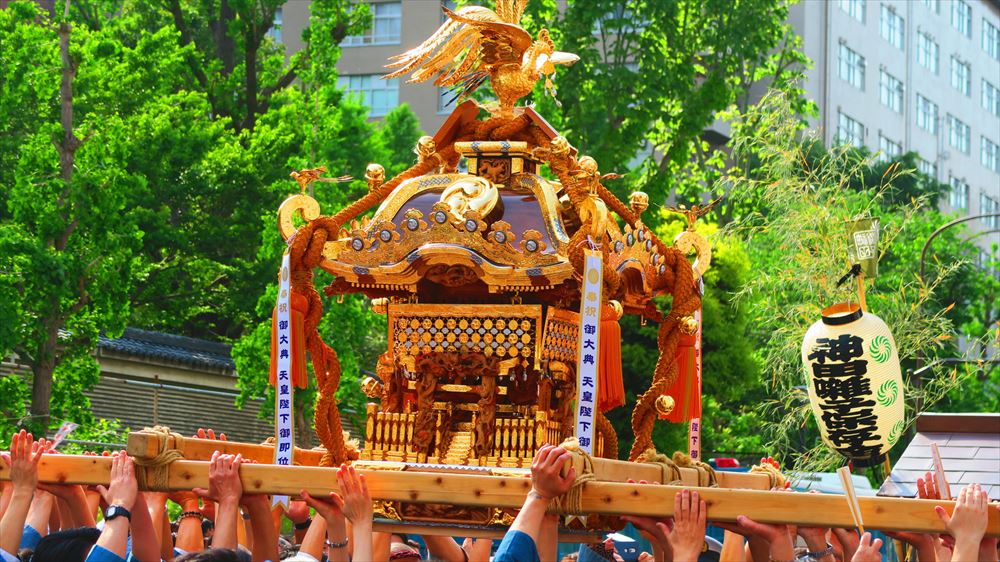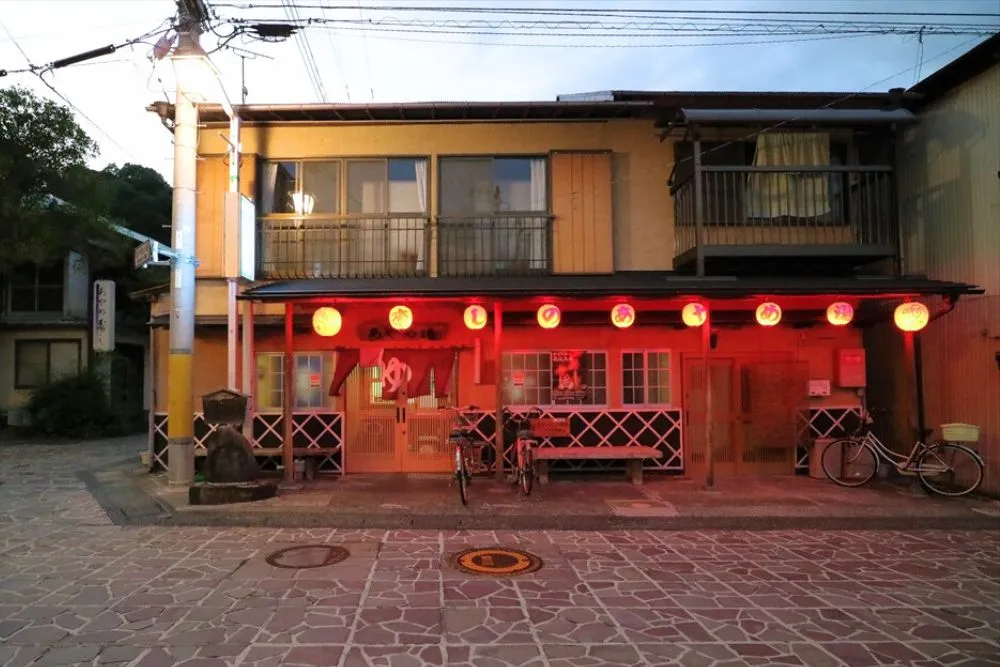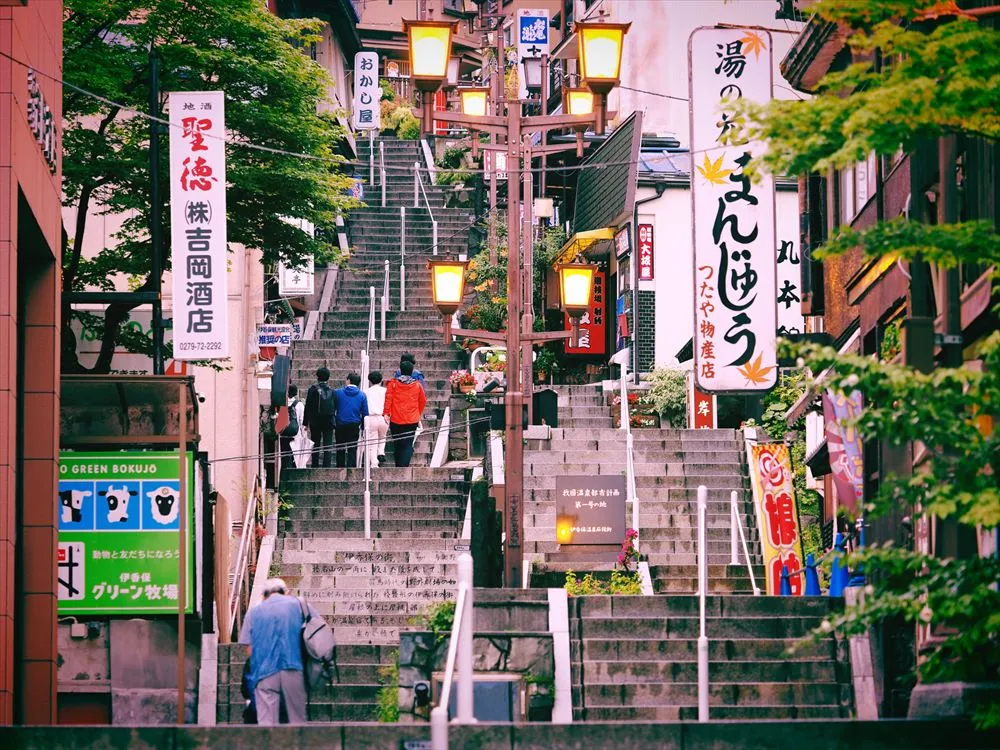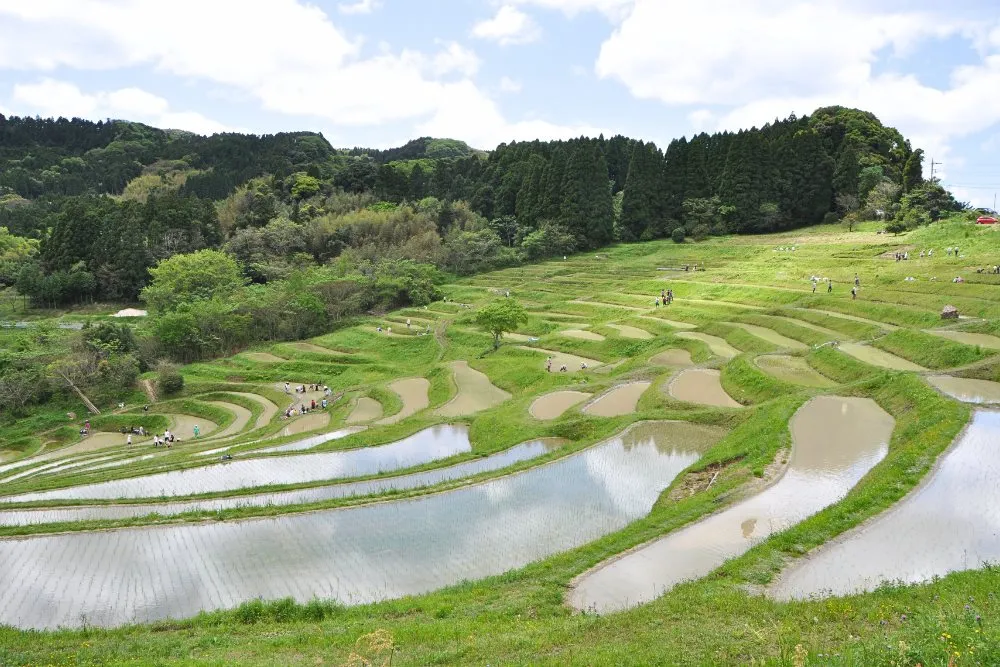NAKANO / KOENJI / ASAGAYA
NAKANO / KOENJI / ASAGAYA

Nakano – a town of wonder for “maniacs” and discount seekers alike.
A five minute train ride west from Shinjuku Station on the JR Chuo Line brings you to Nakano Station. Upon arrival, when you see the triangular shaped building at the north exit of the station, you are looking at Nakano Sun Plaza – one of the local landmarks in which concerts and live performances are often held. The shopping street, Nakano Sanmoru (possibly meaning Sun Mall) in front of the north exit is an arcade that benefits from the fact that sunshine pours through the glass roof during daylight hours as well and is lined with clothing shops, restaurants and cafes. Furthermore, for the adventurous, there are many side roads crammed with famous ramen shops, pubs, restaurants and a wealth of other offerings. Walk around and explore for yourself – you WILL have fun.
Nakano Broadway is at the very end of the arcade and with 5 floors, from the 1st basement level to the 4th, it houses a variety of shops including; one dealing in occult books, a shop for movie buffs, anime shops selling celluloid pictures and dolls and others dealing in items coveted by “maniacs.” Mandarake, a dealer in anime and manga is famous around Japan and even abroad, has 21 shops on the Nakano Broadway and another 10 shops scattered around Japan.
Araiyakushi Temple is about 500m north of Waseda Dori and as its principal icon contains Yakushi-nyorai – famed as the “God of eyes and of child-raising.” Street fairs are held on the 8th, 18th and 28th of the month and scores of stalls and flower and plant fairs attract many to the precincts. Continue ahead to Nakano Dori from Araiyakushi and you will see a row of cherry blossom trees stretching all the way to Tetsugakudo Park. Philosopher Enryo Inoue, founder of Tetsugakukan (now Toyo University), established the park to cultivate the mind. Widely known for its beautiful cherry blossoms, it is usually full of people come early April when the blossoms are in full bloom.
Koenji – a town of subculture, musicians and theater types.
Koenji is the next station west from Nakano and is full of its own ‘subculture’ related shops, ethnic restaurants and general stores. The number of old-clothes stores in particular is of note as the area contains more than any other location in Tokyo. From the station, a 5-minute walk through the Pal Arcade to the right of the south exit of JR Koenji Station brings you to the entrance of Look Street. Look Street was not damaged during WWII and some older pre-war stores really create a retro atmosphere and now sit alongside old-clothes stores as the market dictates and to let the young come to ‘look’ for their latest fashions.

Koenji is not just limited to old clothes stores though as it is also known for its part in the Tokyo music scene. Indeed, it is said that in Koenji, you can find any type of music from anywhere around the world. There are numerous small shops with owners willing to buy and sell which makes shopping for sought after or rarer items particularly worthwhile. Add to the clothes / music mix a number of used bookstores and old toy shops, and a wander around Koenji is never boring.
By the time darkness falls, many live music clubs open their doors to attract music lovers and “Junjo Shotengai,” a street that became famous after being mentioned in a novel by Shoichi Nejime, is the site of many friendly shops that form an essential shopping street for local people.
As far as Koenji festivals go, the Awa Odori Festival, held annually from the last Friday for 3 days each August, has developed into one of the biggest festivals in Tokyo. (The warm-up event is held on the Friday and the main event takes place on the 26th (Sat) and the 27th (Sun) this year.) As the festival started in 1957, this year the 50th version of the festivities will be held and approximately 12,000 participants will walk around the town in several dancing groups as 1.2 million expected visitors converge to watch. The scale falls slightly short of the Tokushima version of the same festival but is impressive nonetheless. Want to dance yourself? Why not participate as a “niwaka-ren or tobiiri-ren” and dance as much as you like. (For confirmation on “niwaka-ren” participation this year please check the official homepage at: http://www.koenji-awaodori.com/doc/faq/)
Asagaya – for elegance and sophistication.
Asagaya Station is located one further station to the west (of Koenji) and at first glance seems similar to its neighbor. However, once you have taken a walk around the town, you will find yourself feeling rather different and readjusting initial observations. While Koenji is a friendly place with a younger outlook on life, full of dyed hair, earrings, stubble and numerous other informal expressions of youth, Asagaya is more of a graceful old lady quiet in her steps – gliding almost. Rows of zelkova trees on the north-south running Nakasugi Dori, cross the JR Chuo Line at a 90 degree angle and are a permanent reminder of the aura surrounding this higher-end residential area.
There are shopping streets on both the north and south sides of Asagaya Station and the arcade leading away from the south exit to Ome-kaido Street is known as “Paaru Center” (Pearl Center perhaps). Like its neighbor, a major festival comes to town in August but is this time called the Asagaya Tanabata Festival. First celebrated in 1954, when it is held, the 700m arcade fills with lanterns and streamers hung from the roof. Musically, Asagaya is also respected for the number of jazz bars to be found on its streets.
Indeed, “Asagaya Jazz Street” is an event held each October and the strains of jazz music are hard to miss. This year the event will take place on October 27th (Fri) and the 28th (Sat). Expect visitors aplenty.
Nakano, Koenji and Asagaya are neighboring towns but with their own unique settings and atmosphere. Why not explore this trio of delight and discover another version of Japanese subculture.






